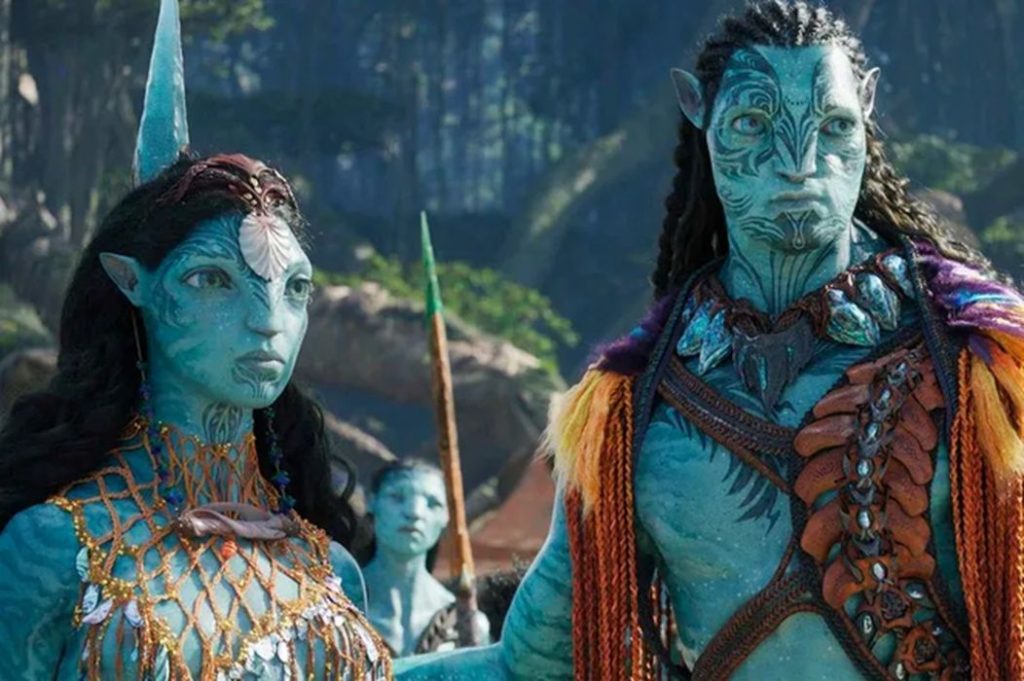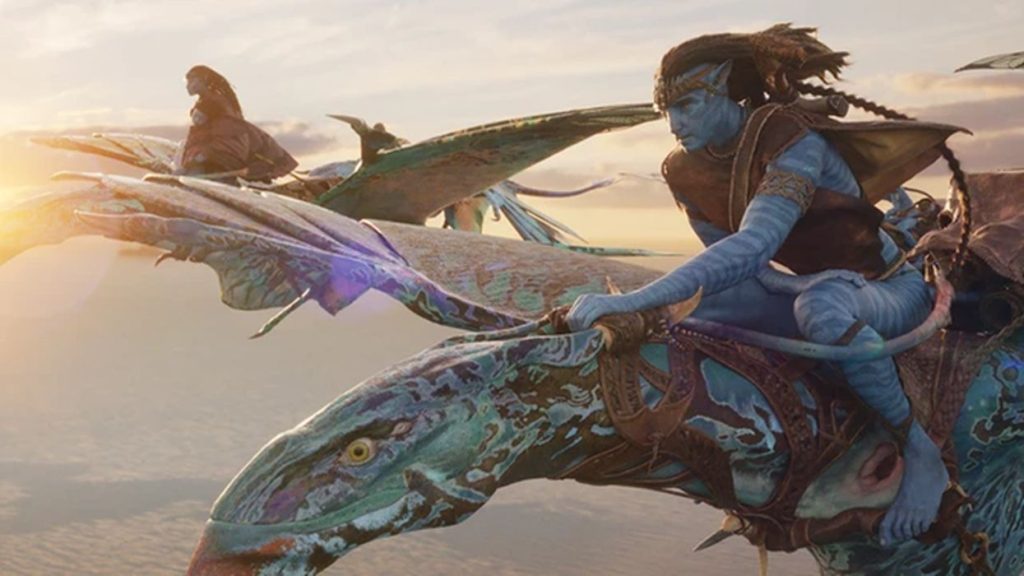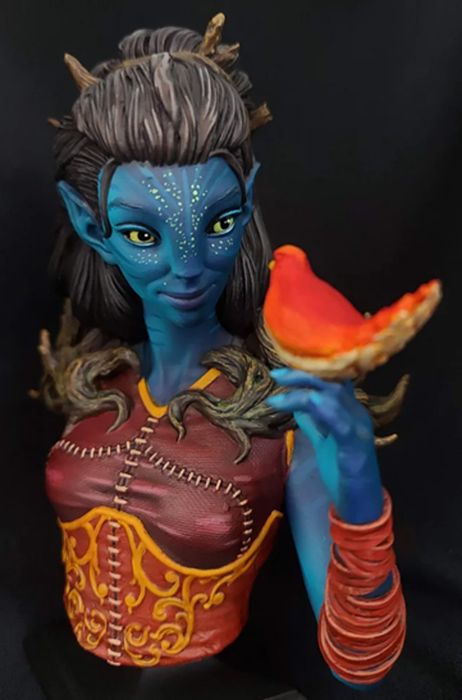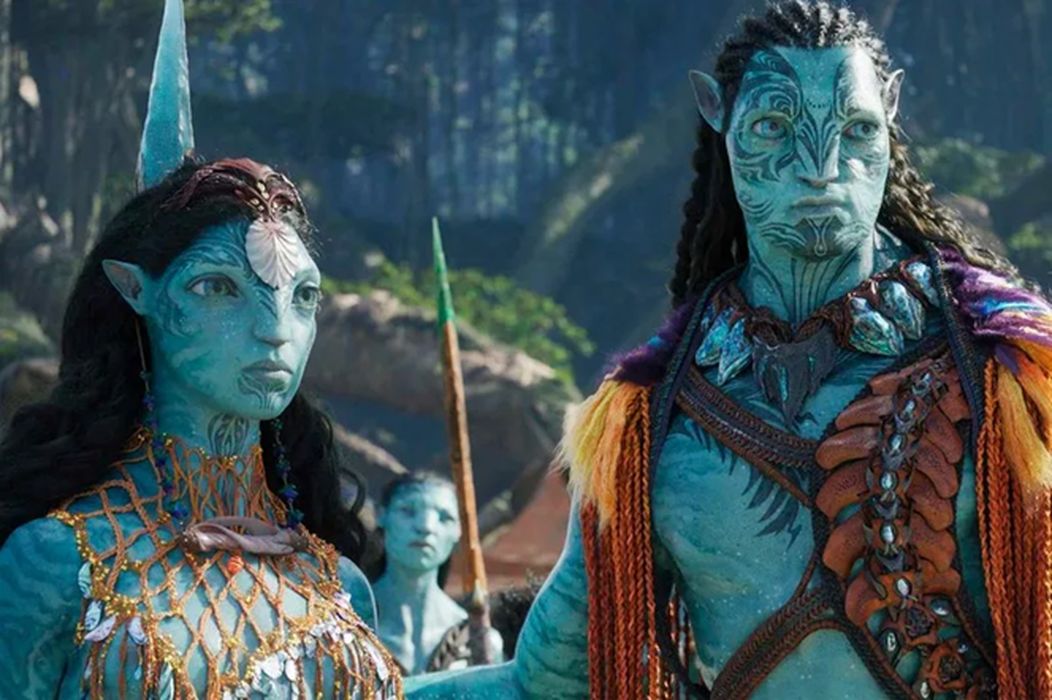
Charles R. Goulding and Preeti Sulibhavi propose some 3D printing for the Avatar franchise.
The new Avatar movie was released this Holiday season. There are many reasons for fans to get excited about its release, not the least of which is the incredibly long wait after the original film’s release. Whether it is the plight of the characters, the stunning visual effects, or the sci-fi plot, fans are finding reasons to get excited.
Unlike the first Avatar movie, however, fans may have something else to look forward to: merchandise. The first Avatar movie has been cited as having a surprising lack of cultural impact. This implies it left very little pop culture footprint in terms of toys, paraphernalia, and other collector items.

With such stunning imagery you would automatically presume that merchandise would follow soon after if not immediately. But, while this was not the case with the first movie, perhaps it will be with the second.
The first Avatar movie was released in 2009, when the 3D printing industry was not nearly as advanced and developed as it is today.
Will the “Way of Water” be the “Way to Go” for Future Films?
There is potential that this new Avatar film will be a “Star Wars” like, long-term franchise, since James Cameron has said he intends to make 4 or 5 of these films in the next few years.
If the Avatar franchise wants to provide fans with memorabilia (and make additional profits), they should consider 3D printed toys that are capable of unique designs that clearly reflect the beauty and mystique of the Na’vi people.
James Cameron waited 13 years to make the sequel to the first Avatar movie. This was largely due to limited capabilities of using motion picture technology underwater. For sequels, “Cameron wanted to use the same motion capture tech for actors while they were submerged underwater, an unheard-of feat [at the time of the first Avatar movie] that required years to engineer a solution.” Then, the actual filming took three years. Cameron is clearly a perfectionist.
There is No Film Like Avatar 2

Having seen the film in IMAX 3D, I can honestly say that I have never seen anything like this movie. Whether it was the characters flying from the skies and diving into the clear, blue water and feeling the “splash” from the impact, or the stunning aerial views of characters being chased through the Pandora Forest, Cameron certainly took us as close as he could on his journey. There was a point in the film where the characters were caught in the rain, and I could see and almost “feel” like it was raining in front of me in the theater.
Movie Merchandise and 3D Printing
We have previously written about how 3D printing can play a role in growing toy sales, as well as its influence on custom-designed toys. But, with Avatar’s cutting-edge cinematography, there is no limits to what 3D printing can help achieve in terms of movie merchandise for this film. Why can’t Mattel make a Na’vi doll just like it made a Barbie? Or make one even better with help from 3D printing?
3D printers can use a variety of materials, including plastics. Especially with extrusion-based 3D printing, high-density polyethylene materials can create unique designs with fine detail. This is a win-win for Avatar producers and for fans, worldwide.
The Research & Development Tax Credit
The now permanent Research and Development (R&D) Tax Credit is available for companies developing new or improved products, processes and/or software.
3D printing can help boost a company’s R&D Tax Credits. Wages for technical employees creating, testing and revising 3D printed prototypes can be included as a percentage of eligible time spent for the R&D Tax Credit. Similarly, when used as a method of improving a process, time spent integrating 3D printing hardware and software counts as an eligible activity. Lastly, when used for modeling and preproduction, the costs of filaments consumed during the development process may also be recovered.
Whether it is used for creating and testing prototypes or for final production, 3D printing is a great indicator that R&D Credit eligible activities are taking place. Companies implementing this technology at any point should consider taking advantage of R&D Tax Credits.
Conclusion
Avatar 2 is, in this author’s opinion, a cinematic feat. There are many reasons supporting the use of 3D printing to create toys and other paraphernalia. With the release of Avatar 2, we see that Avatar toys and other memorabilia could be considered coveted gift items for this and the forthcoming holiday seasons. 3D printing can help create high-quality, highly functional toys and collectibles.

